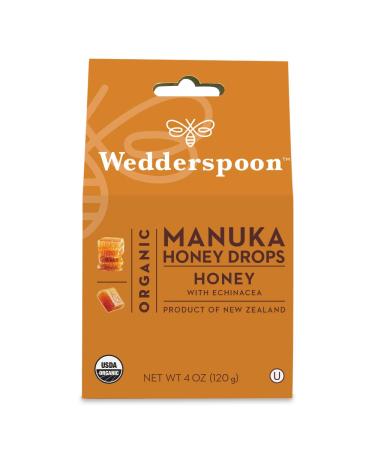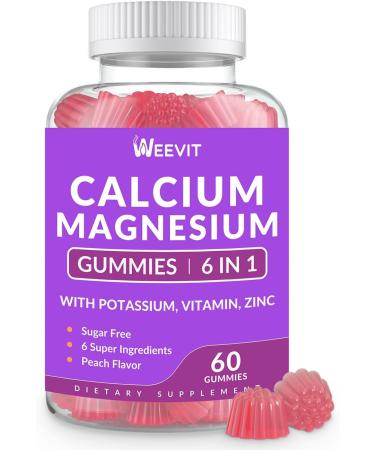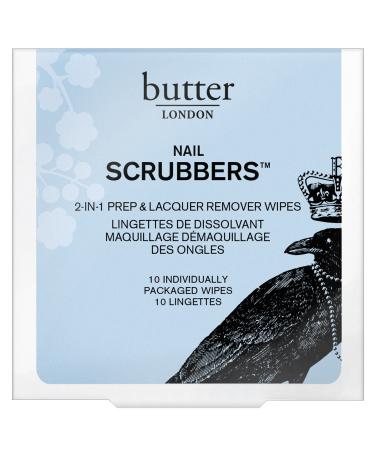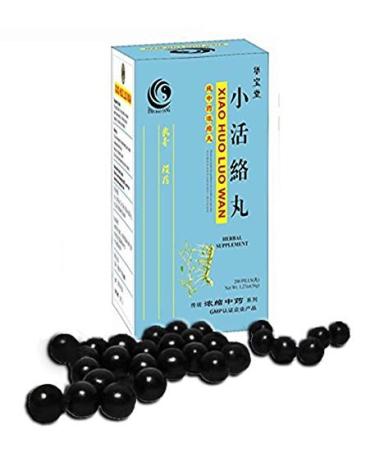Food Additive Name:
Sodium Alginate
Ingredient List:
Sodium Alginate
E Code:
E401
Net Quantity:
1 kg
Physical Structure:
Powder
Lot No:
For backward traceability, the lot numbers of allraw materialsand packaging materials are recorded.
The product lot number is located on the product packaging.
Functional Class of Food Additive:
Thickeners
Gelling Agents
Metal Binders
Name of the Source of the Food Additive:
Brown Algae
Foods to which Food Additives can be added:
It is used in permitted finished products, taking into account relevant limitations, in accordance with the regulations in the Turkish Food Codex Food Additives Regulation and vertical communiqués.
If the necessary information cannot be found in the regulations and communiqués, the relevant country's legal regulatory authorities can be consulted.
Special Storage Use Conditions:
Keep tightly closed in a cool, dry place.
Commercial Name and Address of the Food Business Operator:
Smart Kimya Tic. ve Dan. Ltd. Sti.
Ege Sanayi Sitesi Balatçik Mah. 8901 3 Sok. Produced in No:3 3AO Çigli Izmir facilities.
Manufacturer Business Registration Number:
TR-35-K-047442
Origin:
Turkey (The origin of the main ingredient of the food is different from the origin of the final product.)
Instructions for Use:
In accordance with the Turkish Food Codex Food Additives Regulation, the product should be used in accordance with the vertical communiqués regarding the finished product being produced or planned to be produced, taking into account the foods to which it can be added, the conditions of use, maximum quantities, and restrictions.
If use is planned in countries other than Turkey, the legal regulations of the relevant country should be taken into account.
Product performance may vary depending on production conditions, the structure and performance of machinery and equipment, seasonal variables, and other raw materials.
Before determining the optimal amount, trials should be conducted with minimum quantities, taking into account the restrictions specified in the Turkish Food Codex Food Additives Regulation.
Area of Use Purpose of Sale:
For use in food.
Technical Information:
Sodium alginate, used as a thickening agent in foods, has the E number E401.
It is the sodium salt of alginic acid, a natural polysaccharide. Alginic acid is obtained from the cell wall of brown seaweed (Laminaria, Macrocystis).
Alginic acid is an odorless, white to yellowish, fibrous or granular powder. Sodium alginate, with the chemical formula (C6H7NaO6)n, has a high molecular weight. It is used in the food industry as a thickener, emulsion stabilizer, gelling agent, and viscosity enhancer. It has no discernible aroma and is indigestible.
Sodium alginate has high water solubility and water retention capacity. Its gelation rate is high, and if desired, it can be reduced for certain applications. Sodium alginate forms a heat-resistant and irreversible gel.
Alginates were first used in canned foods prepared for sailors in the 1920s. Since 1980, sodium alginate has been used in many food applications. In addition to being a reliable additive, it is the main material used in modeling foods.
Areas of Use
It is used in reactive dye printing in the textile industry. Used to provide a thick consistency in reactive dyes, sodium alginate does not react with the dyes and, unlike starch-based thickeners, can be easily removed from products by washing. High-viscosity, low-solids sodium alginate dyes are used for cotton, while low-viscosity, high-solids sodium alginate dyes are used for silk.
It is used to add stiffness in paper production.
Sodium alginate additions are useful in increasing the plasticity of cement, plaster, and mortar used in construction.
Sodium alginate is used in plastic glues, wallpaper adhesives, glass putties, insulation between battery layers, and in the production of engineered wood.
Use in Foods
It is used to obtain a smooth product in the production of ice cream, fruit yogurt, cream, and cheese. Sodium alginate 70oIt is added to the ice cream mixture at 0.3-0.9 at 70 C. It does not form a strong gel during the resting period. This substance makes the ice cream resistant to thermal shock and increases its viscosity.
It is used as a suspending agent and thickener in dairy and herbal beverages. Sodium aliginate is also preferred because it prevents vitamin C degradation and fat oxidation. It is also used as a foaming agent in sparkling beverages.
It is used as an emulsifier and thickener for jam, pudding, tomato juice, and canned goods.
It is used in pastry (filling and coating), fruit products, and in the preparation of jellies and other gels.
It is used to retain water in noodles, bread, noodles, pastries, and frozen foods.
It is used as a film-forming agent in the coating of frozen foods, meat, fish, and other similar products. Coating shrimp with alginate derivatives as an edible film during cold storage has doubled the shelf life of shrimp.













